Contents
Among all decorative crops, climbing roses occupy a special place in landscape design. This plant of the genus “Rosehip” with its long, flowering shoots can decorate vertical columns, walls of buildings, arbors or arches. With it, you can decorate any architectural object or flower bed in your backyard. You can plant young plants and transfer already mature shrubs to another place of cultivation in spring or autumn. Planting a climbing rose in autumn has its own advantages and features of implementation. We will try to talk about all the nuances of the autumn planting in more detail later in the article.
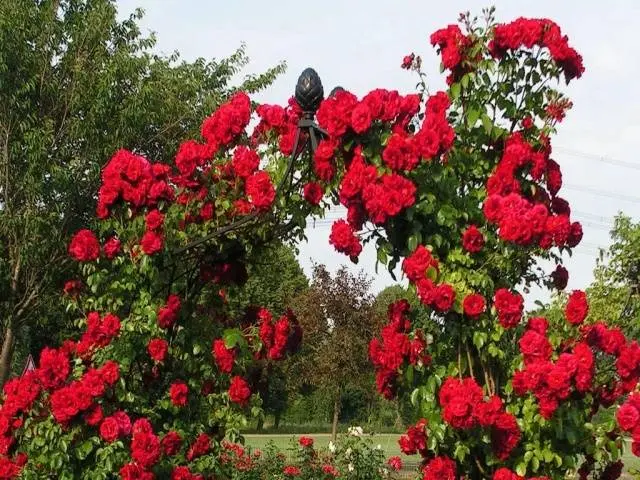
The best time to land
Some novice gardeners are convinced that it is better to plant a climbing rose in early spring, when the plant’s buds are still sleeping. At this time, the soil is sufficiently saturated with moisture, and a gradual increase in temperature allows the seedling to take root safely in a new place. However, it should be understood that the climbing rose is quite thermophilic and sudden spring frosts can destroy an unadapted plant. These arguments are very important.
In comparison with them, autumn planting has a number of advantages:
- Stable daytime temperatures and cool nights in autumn favorably affect the development of the root system of climbing roses.
- Autumn humidity allows you to create the best microclimate for the speedy rooting of the plant.
- Shrubs planted in autumn already in spring in full force begin to build up green mass and demonstrate their beauty.
- In autumn, a wide variety of grafted, “fresh” planting material can be found in nurseries. Long-term storage of such plants until spring negatively affects their quality.
- The price of planting material in autumn is much lower than in spring.
- Climbing varieties that bloom in spring should definitely be planted in autumn.
Thus, having decided to decorate your site with a climbing rose, you should know and remember all the listed advantages and disadvantages of spring and autumn planting. Properly selected planting material and an appropriate cultivation site will also make the cultivation process successful. Some other features of planting roses in spring, summer and autumn can be found in the video:

It is during these periods that the outflow of nutrients from the aerial part of the plant to the roots begins.
Selection of seedlings
In autumn, you can plant climbing roses with a closed and open root system. Plants with closed roots quickly adapt to new growing conditions and are stronger and stronger. Roses with open roots require more care and attention. They should be provided with abundant watering and regular feeding. Before planting, such seedlings must be carefully examined, diseased roots will be removed with secateurs. Healthy climbing plant roots can also be shortened slightly. This will activate the growth of the root system as a whole.
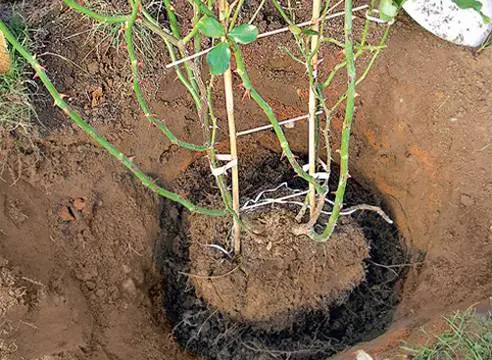
When choosing planting material, preference should be given to domestic varieties that successfully winter in a relatively harsh climate. Foreign varieties of roses, as a rule, are thermophilic. They are recommended to be planted in the ground in the spring to prevent winter freezing.
If the gardener wants to transfer an adult bush that has already been planted earlier in another place in the fall, then the following rules should be followed:
- The day before digging, water the plant abundantly.
- When digging a bush, you need to try to keep a clod of earth in the bud. If the soil has crumbled, then the roots of the plant should be healed by shortening them.
- The aerial part of the climbing plant can be cut deeply, leaving only stumps 10 cm high. In this case, all leaves should be removed from the surface of the shoots. Some experts, when transplanting roses, recommend keeping the shoots as a source of accumulated nutrients.
The correct preparation of a climbing rose for transplanting to a new place can be seen in the picture below:
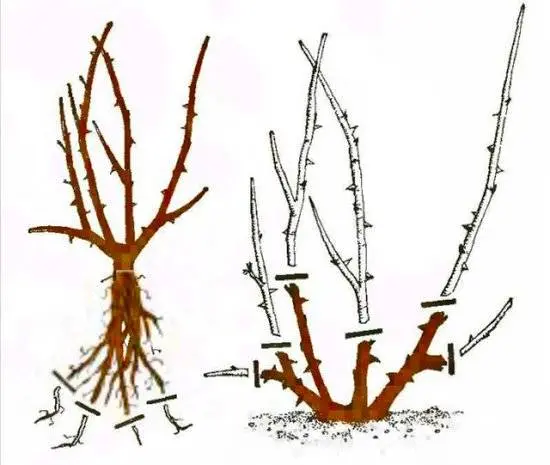
Such a scheme will allow even a novice gardener to correctly cut the roots and aerial part of the shrub for better adaptation to a new growing place. A properly prepared root system is able to adapt to new conditions within 3-4 weeks after planting. The optimum temperature in this case should be + 10- + 150C.
Choosing a place to grow a crop
Particular attention should be paid to the choice of the place where it is planned to grow a climbing rose. So, there are some important rules:
- in the shade, roses will bloom sparsely from year to year;
- in the bright sun, plants quickly fade, and the flower petals have an unnatural, dull shade;
- climbing bushes should be protected from strong northerly winds and drafts;
- high air humidity and nearby groundwater can significantly harm the plant;
- climbing roses cannot be planted under the crown of tall trees, because every time after rain the plants will be in conditions with high humidity;
- with insufficient air circulation on climbing roses, a spider mite begins to parasitize.
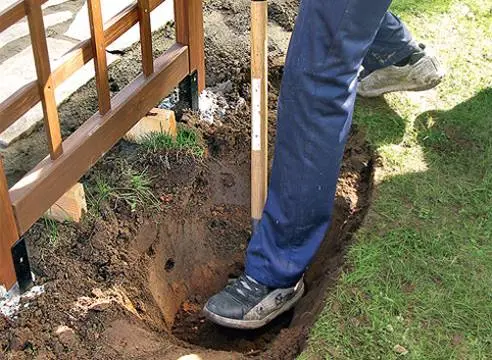
Thus, the southeast slope is best suited for growing climbing roses. Preferably, during the hot daytime hours, the plant should be in the shade, and in the morning and evening it should be illuminated by the sun’s rays. The soil should be well-drained, groundwater should lie at a depth of at least 1 meter.
Some other comments about choosing a place to grow climbing roses are shown in the video:
Soil preparation and landing schemes
Climbing rose prefers to grow on fertile soil of neutral acidity. That is why, before planting in alkaline soil, it is recommended to add peat, and add lime to acidic soil. Heavy loams are improved by adding sand and manure. You can increase the nutritional value of the soil with a special mineral fertilizer, which contains a lot of phosphorus and potassium. A large amount of nitrogen in top dressing when planting shrubs in the fall can provoke untimely active growth of dormant buds, which will lead to the death of the plant.
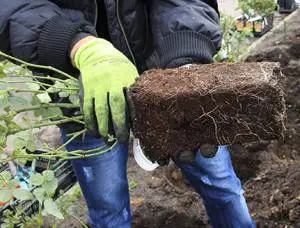
Climbing roses have a well-developed root system, so for adult seedlings you need to make a deep and wide hole, with a perimeter of 70 by 70 cm. For young seedlings, the hole can be made smaller. The distance between rows of climbing plants should be at least 50 cm.
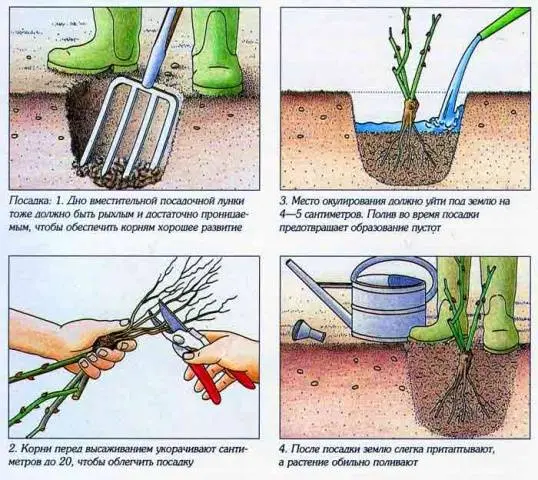
At the bottom of the planting pit, be sure to put manure and mix it with the existing soil with a pitchfork. Loose soil should be carefully shed with water so that the soil settles and compacts. The plant in the planting hole is placed in the middle, gently straightening the roots if the rose has an open root system. The volume of the planting pit must be filled with nutrient soil and compacted. The root neck of a climbing rose, as a result of proper planting, should be deepened by 3-5 cm. A detailed diagram of how to transplant a rose in the fall can be seen in the picture above.
Climbing rose care after disembarkation
In autumn, after the climbing rose has been planted in a permanent place of growth, it is necessary to carry out minimal care for it. So, the plant should be watered regularly and, as necessary, loosen the soil at the root. In autumn, it is especially important to monitor the air temperature, and as soon as the indicator drops to +50C, care should be taken to shelter the climbing beauty as follows:
- Install metal arcs above the rose. If you had to transplant a rose in the fall to a new growing place, then the left climbing aerial part of the plant should first be tied with twine.
- Lay spruce branches with a dense “carpet” on the arcs.
- Lay a layer of roofing material or polyethylene over the spruce branches. The total height of the shelter should be 40-50 cm.
- With the advent of spring, the adaptation of the rose should begin with airing. To do this, remove the film, but leave spruce branches on the climbing lashes of the rose. This will allow the plants to avoid sunburn.
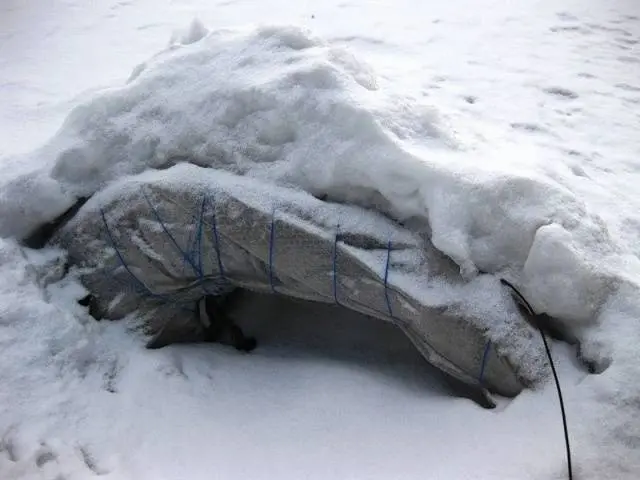
Detailed information on how to properly plant a climbing rose in autumn can be found in the video. An experienced and good specialist will show and tell you all the nuances of this important event.
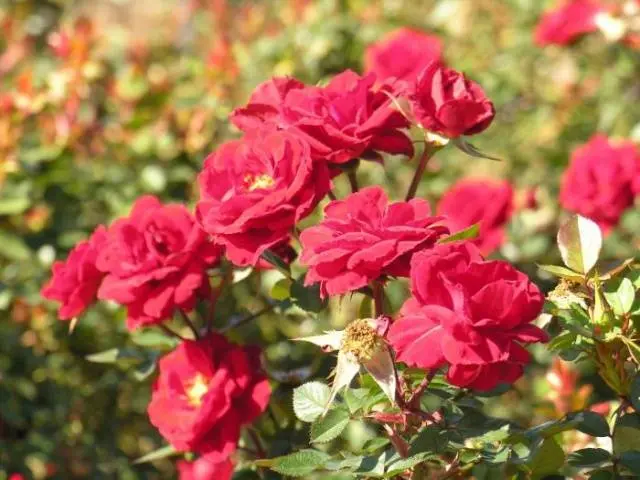
Thanks to the information provided, even a novice gardener will be able to successfully transplant a climbing rose in the fall to another place or plant a new, young seedling in his area. Proper preparation of the plant, selection of the best location, competent execution of the procedure as a whole and proper care of the plant are important components of the successful adaptation of this amazingly beautiful crop. Considering all the important points and recommendations indicated, it will be possible to enjoy the abundant flowering of a magnificent climbing rose next year.









